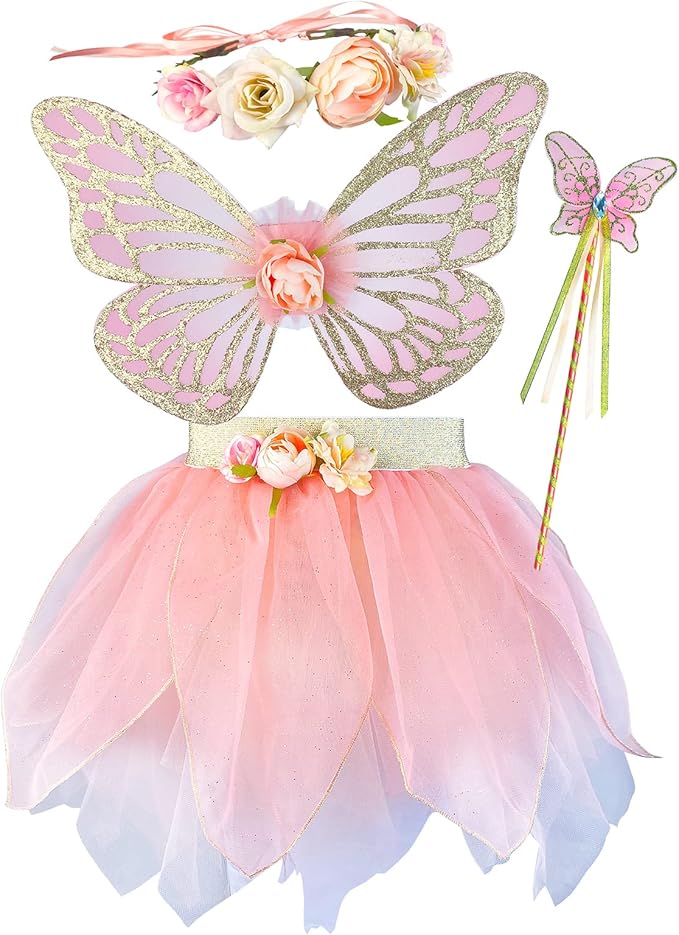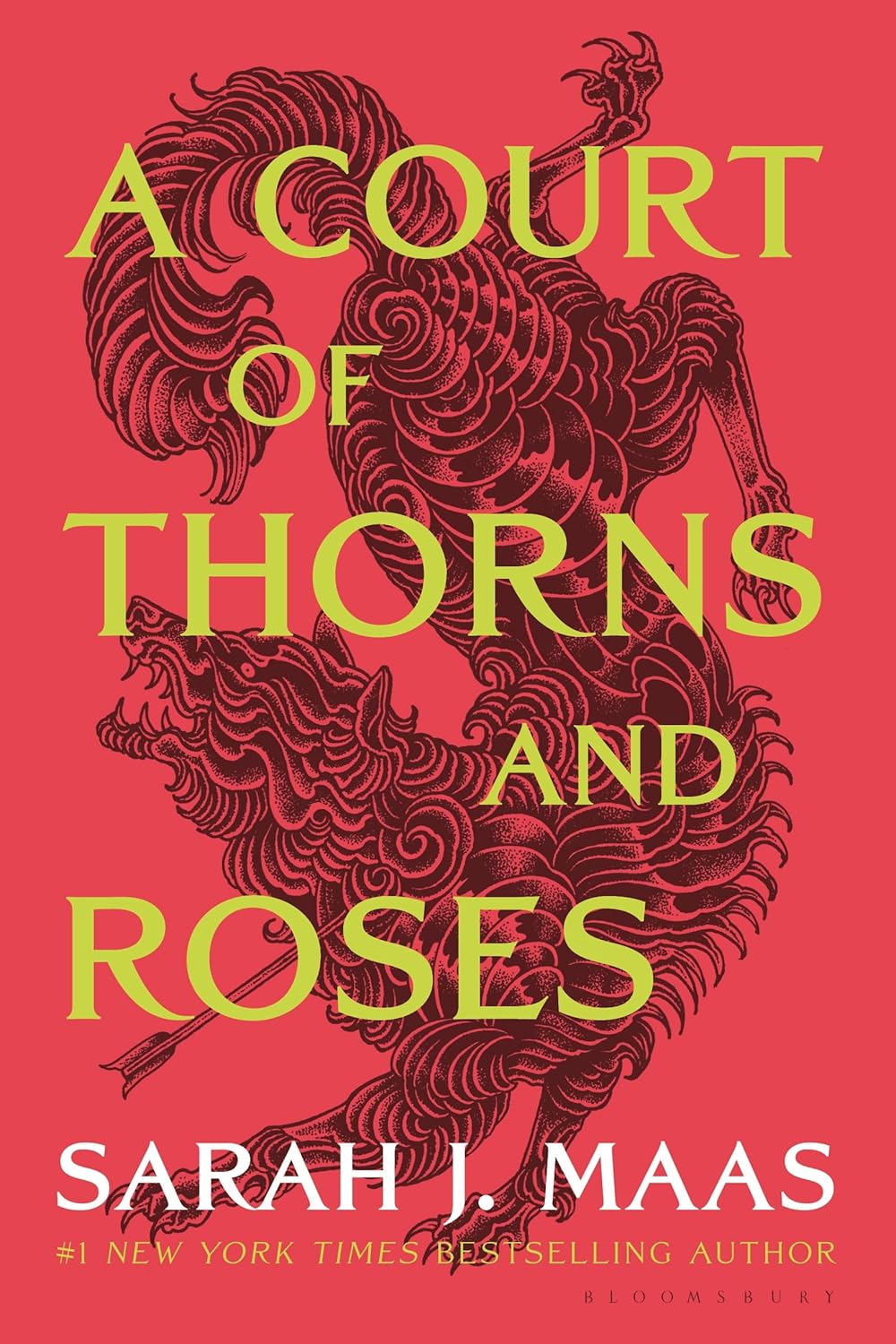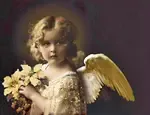- Home
- Fairy Blog
- Fairy Cakes
- Fairy Quotes
- Safety Dance
- The Flower Fairies Books
- What is a Fairy?
- Are Fairies Real?
- Elemental Fairies
- Faeries
- What are the Fae?
- Fae Fantasy Books
- Fairy History
- Origin of Fairies
- Fairies in Folklore
- Pixies
- Pixie Fairy Differences
- Gothic Fairies
- Tooth Fairy
- Fairy Festivals
- Fairy Gardens
- Fairy Garden Accessories
- Fairy Forests
- Fairy Poems
- Fairy Tales
- Fairy Tale Origins
- Classic Fairy Tales
- 24 Fairy Tales
- Fairy Tales around the World
- About Fantasy Creatures
- Dragons
- Dwarves
- Elves
- Gnomes
- Leprechauns
- Mermaids
- Unicorns
- Fairy Face Painting
- Fairy Costumes for Kids
- Free Fairy Art
- Fairy Coloring Pages
- Fairy Crafts For Kids
- Chinese Dragon Art
- How to Draw a Dragon
- Chinese Dragon Drawing
- Dragon Coloring Pages
- Fairy Tattoo Ideas
- About Us
- Contact Us
- Disclaimer
- Privacy Policy
Alice Through the Looking Glass Summary
Through the Looking Glass Summary
The story "Through the Looking-Glass" opens with Alice idly playing with her two kittens, Kitty and Snowdrop, in front of a huge mirror.
Seized by curiosity, she enters the looking-glass—when she gets there, she sees a world where everything appears reversed. Carroll's dreamlike narrative takes flight, plunging Alice into chess-themed landscape, a mirror image of the world she has left behind.
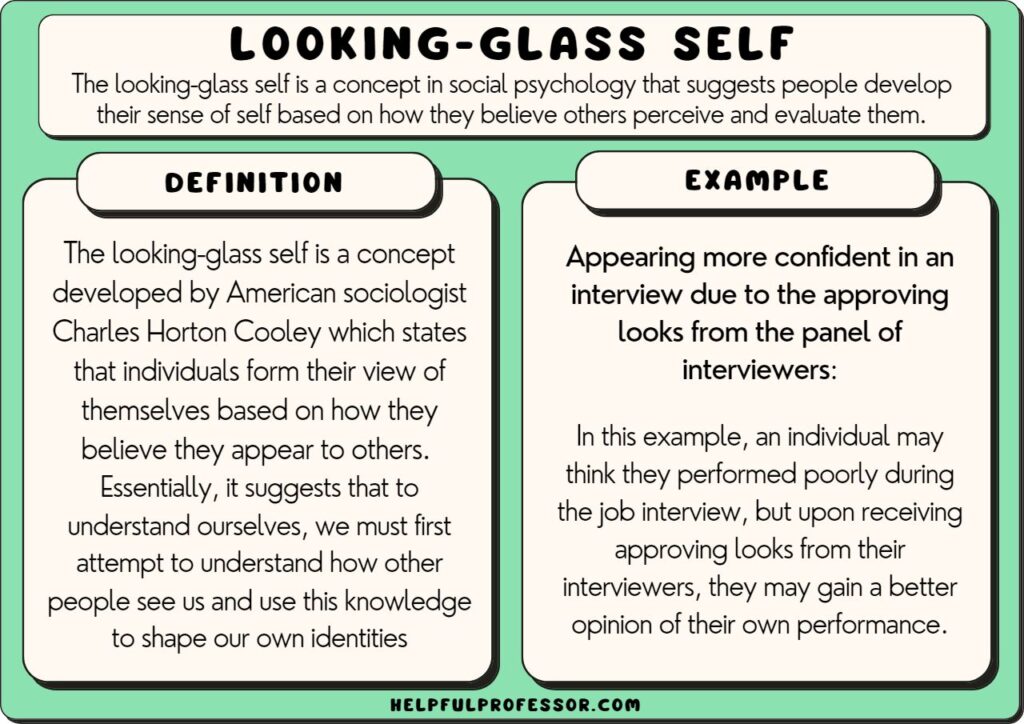
Adorable Fairy Costume Set!
Includes a fairy tutu, wing, wand and flower halo - perfect for parties, dress-up play, pageants and so on.
CLICK HERE for the best price!
Through the Looking Glass: World of Wonder and Whimsy
Your journey into an enchanting literary world begins here, with one of the classics of 19th-century children's literature: "Through the Looking-Glass, and What Alice Found There".
Published in 1871 as a sequel to "Alice's Adventures in Wonderland," this novel by Lewis Carroll is a brilliantly imaginative story. It has seized the imaginations of children and adults worldwide for over a century.
Containing sophisticated humor, crazy situations, and related insights, this book is not merely a mirror-image sequel. Carroll brings Alive's adventures to a new level, using his flair for crazy dialogues and thought-provoking themes that explore the relations between mirror imagery, dreams, and reality.
Lewis Carroll/Charles Lutwidge Dodgson
Lewis Carroll: A Mathematician in Wonderland Lewis Carroll was not just any ordinary writer. Underneath that pen name lay Charles Lutwidge Dodgson, a bona fide mathematician and logician. His love for numbers and patterns trickled into his 1871 sequel, "Alice's Adventures in Wonderland," where he sprinkled a mathematical logic over the garden of imagination. No wonder the story's logical illogic keeps readers of all ages captivated even today.
You can read more about Lewis Carroll here.
"Alice Through The Looking Glass" isn't merely a quick story to put the kids to bed. Nope, this kaleidoscopic tale penned by Lewis Carroll is a smorgasbord of mythology, folklore, and theoretical physics. It's an engaging narrative that invites readers young and old to tumble into a world of wonder, full of lessons that can make even the most serious grown-up scratch their heads.
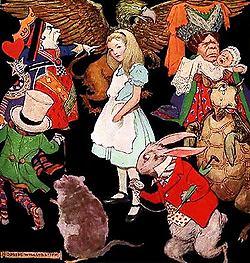
A Reflective Route to a Different Universe:
The Magic Mirror
In this Through the Looking Glass Summary, the Looking Glass is more than a reflector. Mirrors aren't just for checking out your reflection or perfecting your duck face. In "Alice Through The Looking Glass," the mirror plays a role more potent than vanity; it's a gateway to an entirely different universe a World of Wonder and Whimsy.
This idea has its origins deeply rooted in Roman and Greek mythology, where mirrors were more than glass and silver; they were mystical portals connecting the real world to a realm of gods, spirits, and uncanny adventures.
In a World Beyond Ordinary: Where Rules Don't Apply
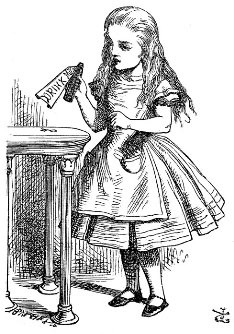
Every adventure Alice experiences evokes a sense of whimsy and surreal wonderment. In her new world, common objects like plants and furniture possess human characteristics and engage in intelligent discourse, stuff of sheer visionary brilliance. She first stumbles upon a living chessboard and soon learns that she herself is a pawn, a part of a grander narrative that closely resembles a strategic chess game. Her goal in the world beyond the looking-glass is to become a queen, and hence begins her journey stepping square by square through a complex chessboard-world.
Chessboard of Characters Carroll infuses the storyline with a chessboard metaphor, where the characters are not just inhabitants of Wonderland but chess pieces in a grander game. Drawing inspiration from the Indian game of chaturanga, which is the precursor to modern chess, Carroll weaves strategy, power dynamics, and competition into the fabric of his narrative.
The landscape Alice finds herself in turns reason on its head. This notion can be traced back to various cultural myths, like Japanese Yokai folklore, which portrays a spirit world uncannily similar to the chaos Alice experiences. Imagine Alice as a modern-day Izanami, navigating a realm that defies the laws of physics and social etiquette. Can you see her as an outer space explorer seeing these things?
Alice's Coming of Age in a Mystical Wonderland

Coming of Age, Alice Style Alice's interactions with enigmatic characters echo the rites of passage in folklore from around the world. She converses with philosophical eggs and haughty royalty, much like how a young warrior in a Native American tribe might consult with spirit animals or shamans during a vision quest. Her dialogues, filled with riddles and wordplay, parallel the wisdom-infused conversations in African Anansi tales.
Not Just a Kid's Tale The depth in "Alice Through The Looking Glass" transcends its apparent children’s story veneer. Hidden layers beckon adult readers into existential contemplation. And let's not forget the unforgettable "through the looking glass quotes" that find resonance in adult life. Phrases like, “I can't go back to yesterday because I was a different person then," touch upon themes of identity and the fleeting nature of time, appealing to older readers' reflections on their past and present selves.
Through the Looking-Glass: World of Wonder and Whimsy Symbolism in Stepping Through
As Alice moves through various challenges and interactions, including her iconic encounter with the eccentric Red Queen and lighter moments shared with Tweedledum and Tweedledee, Carroll delves deep into themes such as the paradox of set rules, the arbitrary nature of authority, and the complexity of language and communication.
Whether Alice is having a jovial feast with the Lion and the Unicorn, witnessing the transformation of a White Queen into a sheep, or reciting her famous Jabberwocky poem, Carroll continues to challenge the conventional limitations of children's literature.
The Symbolism of Stepping Through - The act of Alice stepping through the looking glass transcends the literal. It's a metaphorical journey into unknown realms of consciousness and self-exploration, echoed in everything from Jungian psychology to shamanic traditions.
Conclusion: The Charm Hidden in Alice Through The Looking Glass
Conclusion: More Than Meets the Eye Diving into "Through The Looking Glass Summary" offers an experience that goes far beyond the frivolity of a children's tale. With every page turned, the story unfolds layers of mythological, cultural, and scientific complexities that make it an enduring masterpiece.
You can read more about Alice Adventures in Wonderland here.
Book of the Month
The Best Selling Fae Fantasy Book! A great gift!
CLICK HERE for more information and best price!
Recent Articles
-
Fairy Costumes for Kids
Dec 30, 25 11:27 AM
Find the perfect fairy costume for you little ones! We have researched the best fairy costume options available on Amazon covering all budgets.. -
Christmas Angel Story of boy meets Angel "The Magic Letter" Dean Kiser
Dec 30, 25 09:00 AM
A Christmas Angel Story about an eleven year old orphan boy that meets an Angel. "The Magic Letter" by Dean Kiser -
Fae Fantasy Books - where love can be both thrilling and terrifying!
Nov 22, 25 02:34 AM
Fae Fantasy Books - explore new aspects of what it means to be human in a world where magic and immortal beings exist! A perfect blend of danger and allure!
